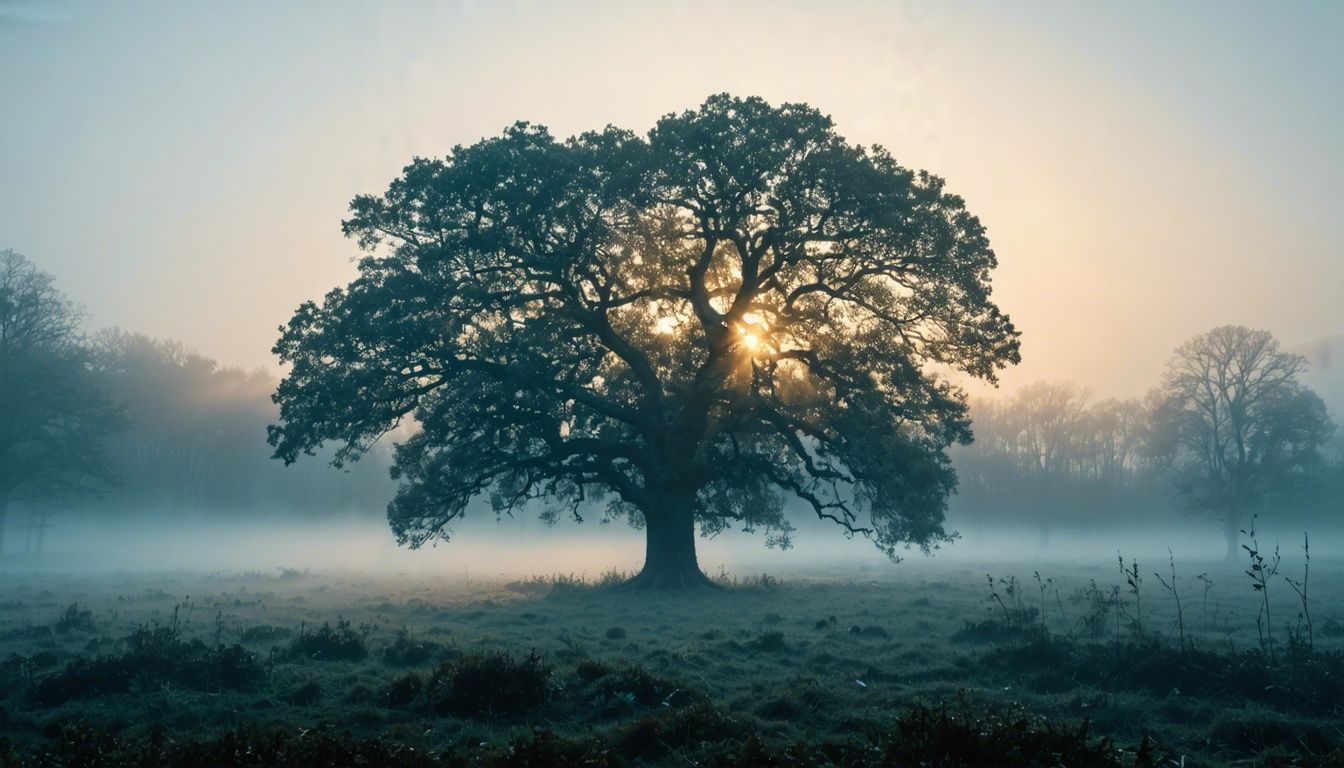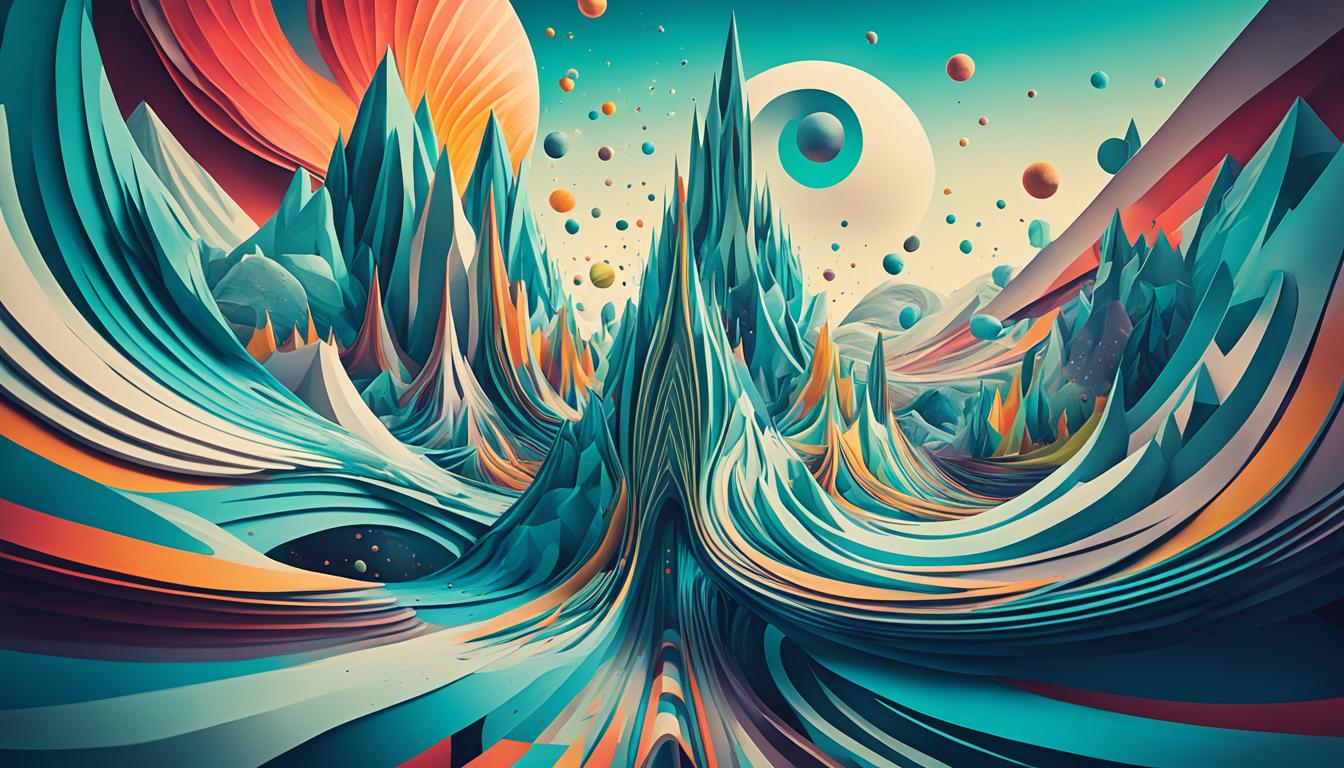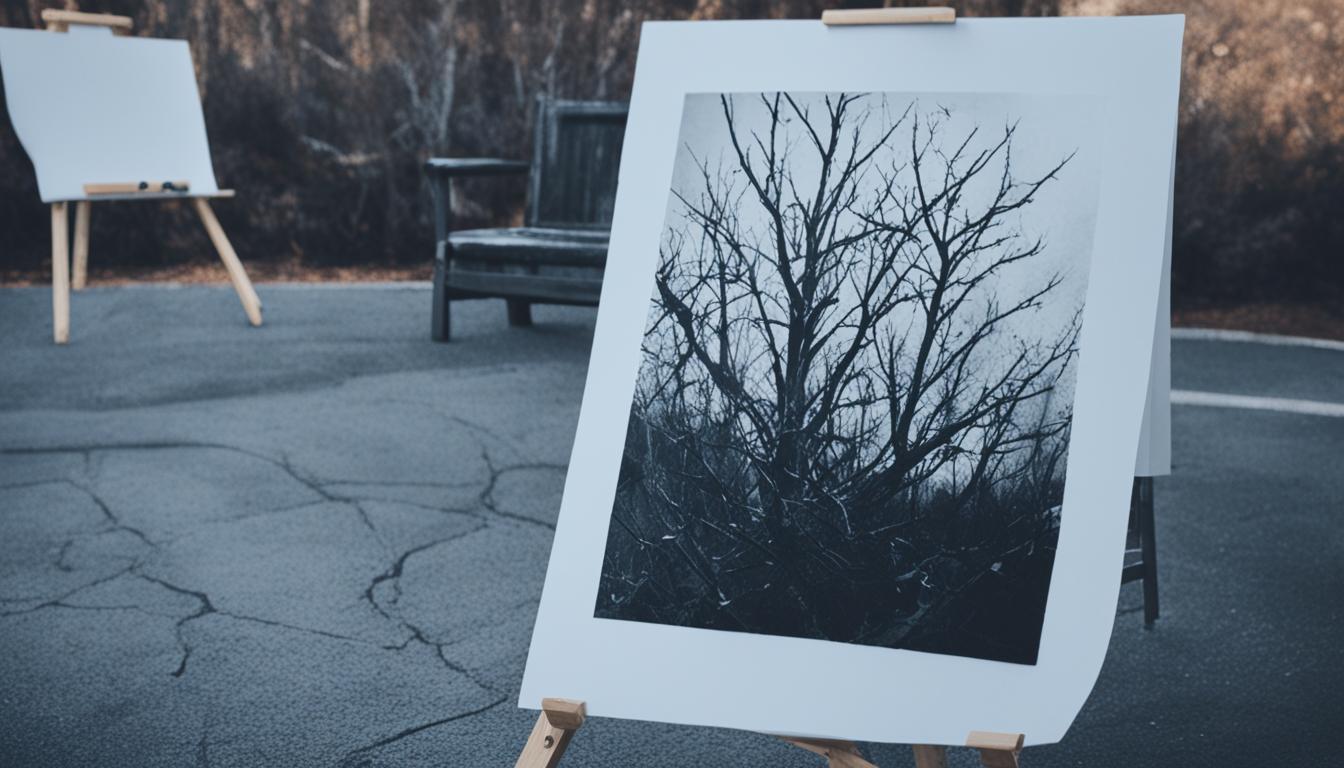Fine art photography is an ever-evolving field that embraces innovative techniques and styles, shaping the future of this captivating art form. As lovers of fine art photography, we are excited to delve into the emerging trends and directions that will inspire and influence photographers for years to come.
In this article, we will explore the evolving landscape of fine art photography, uncovering the visionary artists who are pushing boundaries, and examining the techniques that make their work stand out.
From the fusion of traditional and digital photography to the exploration of unconventional subjects, the future of fine art photography promises to be a captivating journey of creativity and self-expression. We will witness the emergence of new styles, the coexistence of various artistic approaches, and the continuous exploration of the boundaries of visual storytelling.
Join us as we inspire and encourage photographers to embrace change, experiment with innovative techniques, and elevate their work to new heights.
Key Takeaways:
- Stay ahead of the curve by embracing evolving photography styles and techniques.
- Explore the fusion of traditional and digital photography for innovative artistic expression.
- Pay attention to unconventional subjects that challenge traditional notions of beauty.
- Let your personal vision and unique artistic style shine through your work.
- Continuously push the boundaries of visual storytelling in fine art photography.
Composition and Framing
The composition and framing of a photograph are essential elements in creating visually captivating images. By applying techniques such as the rule of thirds, leading lines, and balance and symmetry, photographers can achieve a strong composition that engages viewers and enhances the overall aesthetic appeal.
The rule of thirds is a fundamental principle in photography composition. It involves dividing the frame into a 3×3 grid and placing key elements along the intersection points or along the lines. This technique creates a sense of balance and visual interest, allowing the viewer’s eye to naturally navigate the image.
Leading lines are another powerful tool for guiding the viewer’s attention and creating a dynamic composition. These lines can be actual lines in the scene or implied lines created by the arrangement of elements. They draw the viewer’s gaze deeper into the image, creating a sense of depth and movement.
Creating balance and symmetry in a photograph helps convey a sense of harmony and order. Whether through symmetrical framing or balancing elements with contrasting weights or colors, achieving balance creates a visually pleasing image that captures attention.
“Composition is the foundation of any great photograph. It directs the viewer’s focus, evokes emotions, and tells a compelling story.”
By mastering the techniques of composition and framing, photographers can elevate their work to new levels of creativity and impact. The strategic placement of elements within the frame can evoke specific emotions, highlight the subject matter, and lead the viewer’s gaze through the image.
| Composition and Framing Techniques | Description |
|---|---|
| Rule of Thirds | Dividing the frame into a 3×3 grid and placing key elements along the intersection points or lines. |
| Leading Lines | Using actual or implied lines to guide the viewer’s gaze and create a sense of depth and movement. |
| Balance and Symmetry | Achieving visual harmony and order through symmetrical framing or balancing elements with contrasting weights or colors. |
Lighting and Contrast
Lighting and contrast are vital elements that significantly influence the mood and visual impact of a fine art photograph. Understanding the interplay between natural light and artificial light, as well as the concepts of high contrast and low contrast, can elevate the power of your images. Shadows and highlights play a crucial role in accentuating depth, texture, and dimension, adding visual interest and drama to your composition.
When it comes to lighting, natural light is often prized for its softness and authenticity. It brings out the natural colors and nuances of the subjects, creating a subtle and organic atmosphere. John Smith, a renowned fine art photographer, highlights the unique quality of natural light in his work, capturing breathtaking landscapes and human emotions bathed in the gentle glow of the sun.
On the other hand, artificial light offers photographers precise control over the lighting conditions. It allows for creative experimentation with different color temperatures, intensity levels, and lighting angles. Samantha Johnson, an acclaimed portrait photographer, often incorporates artificial light in her studio setups to achieve a specific mood and highlight the unique features of her subjects.
“Understanding the role of light, whether natural or artificial, is vital in the pursuit of impactful fine art photography. It is not just about illuminating the scene but also about shaping the mood and emotion that you want to convey.”
One of the key considerations in fine art photography is contrast. High contrast images, characterized by a significant difference between highlights and shadows, evoke a sense of drama, intensity, and visual punch. Such images often feature deep blacks, bright whites, and strong separation between the brightest and darkest areas.
On the other hand, low contrast images exhibit a smoother tonal range, with a more subtle transition between shadows and highlights. These images create a gentle and dream-like ambiance, offering a softer and more understated visual experience.
The careful manipulation of lighting and contrast allows photographers to craft images that elicit specific emotions and create captivating visual narratives. By understanding the interplay between natural and artificial light, as well as the impacts of high contrast and low contrast, photographers can effectively shape the mood and atmosphere of their fine art photographs, drawing viewers into a world of beauty and intrigue.
Examples:
Take a look at the following examples to see how lighting and contrast can transform the mood and visual impact of a photograph:
| High Contrast Image | Low Contrast Image |
|---|---|
 |
|
| A high contrast image with deep blacks and bright whites, creating a dramatic and intense atmosphere. | A low contrast image with a smooth tonal range, offering a gentle and dream-like ambiance. |
Subject Matter and Concept
In the realm of fine art photography, the choice of subject matter and the conceptual foundation behind a photograph are crucial elements that define the artistic expression and narrative. By selecting meaningful subjects, photographers have the power to capture moments, emotions, and messages that resonate with viewers and provoke thought.
When embarking on a fine art photography project, it is essential to consider the deeper meaning and intention behind the chosen subject matter. Whether it’s a portrait, a landscape, or a still life, each subject has its unique story to tell. By delving into personal experiences, exploring social issues, or capturing ephemeral beauty, photographers can imbue their images with a sense of purpose, engaging the audience on multiple levels.
Conveying emotions and messages through photography is a skill that requires both technical expertise and a keen eye for storytelling. Visual cues such as composition, lighting, and perspective can evoke specific emotions in viewers, inviting them to connect with the image on an emotional level. By carefully crafting these elements, photographers can communicate their intended message and provoke a range of responses.
Artistic expression is the heart and soul of fine art photography. It is a medium through which photographers can share their personal vision with the world, showcasing their unique perspective, style, and creativity. Through experimentation with techniques, composition, and editing, photographers can create images that reflect their artistic voice and leave a lasting impression.
Choosing Meaningful Subjects
The key to selecting meaningful subjects lies in exploring one’s own passions, interests, and beliefs. Whether it’s documenting a community, capturing the beauty of nature, or shedding light on social issues, photographers should approach their subjects with genuine curiosity and passion. By delving deep into topics that resonate with them personally, photographers can infuse their images with authenticity and depth.
Personal Vision and Artistic Expression
Artistic expression is a deeply personal journey. It is about finding one’s unique voice and using photography as a medium for self-expression. By exploring different genres, experimenting with various techniques, and pushing artistic boundaries, photographers can develop a distinctive style that sets them apart. This personal vision allows photographers to convey their emotions, messages, and perspectives through their images, leaving a lasting impact on the viewer.
Photography is a powerful art form that enables us to capture the beauty, complexity, and essence of the world around us. Through careful selection of subject matter, thoughtful conceptualization, and personal artistic expression, fine art photographers can create imagery that not only captivates the senses but also enriches our understanding and appreciation of the human experience.

Conclusion
The future of fine art photography is an ever-evolving landscape that presents both challenges and opportunities. As technology continues to advance and creative trends emerge, photographers must adapt and stay ahead of the curve to remain relevant and impactful in this dynamic industry.
To navigate the future of fine art photography, it is essential for photographers to embrace new techniques, explore innovative platforms, and seek collaborations with other artists. By constantly pushing the boundaries of their craft, photographers can stay at the forefront of the industry and continue to shape the artistic landscape.
Visual storytelling will be a key aspect of the future of fine art photography, as it allows photographers to convey emotions, narratives, and unique perspectives to their audience. By mastering the art of visual storytelling, photographers can engage viewers on a deeper level, creating images that resonate and evoke thought-provoking responses.
As we look ahead, one thing is certain: the future of fine art photography holds immense potential for those who are willing to explore new directions, push creative boundaries, and adapt to emerging trends. By staying passionate, innovative and open to new possibilities, photographers can carve their own path in this ever-changing industry and create striking works of art that captivate audiences for years to come.
FAQ
What are some of the current trends in fine art photography?
Some current trends in fine art photography include experimental techniques, conceptual storytelling, minimalism, and the use of alternative processes.
How can composition and framing enhance a fine art photograph?
Composition and framing are important in creating visually pleasing images. Techniques like the rule of thirds, leading lines, and balance and symmetry help achieve a strong composition.
What role does lighting and contrast play in fine art photography?
Lighting and contrast are fundamental elements that greatly influence the mood and visual impact of a fine art photograph. Understanding the use of natural light, artificial light, high contrast, low contrast, shadows, and highlights is essential in creating impactful images.
How does subject matter and concept contribute to fine art photography?
Selecting meaningful subjects, conveying emotions and messages, and expressing personal vision and artistic style contribute to creating compelling and thought-provoking imagery in fine art photography.
What does the future hold for fine art photography?
The future of fine art photography presents both challenges and opportunities. By embracing new techniques, platforms, and collaborations, photographers can continue to shape the artistic landscape and engage viewers with their visual storytelling.
How Does Critique Influence the Future Trends in Fine Art Photography?
The impact of critique on photography is crucial in shaping future trends in fine art photography. Constructive criticism helps artists hone their skills, experiment with new techniques, and develop their artistic vision. By receiving feedback, photographers can continuously improve and innovate, ultimately influencing the direction of the art form.




